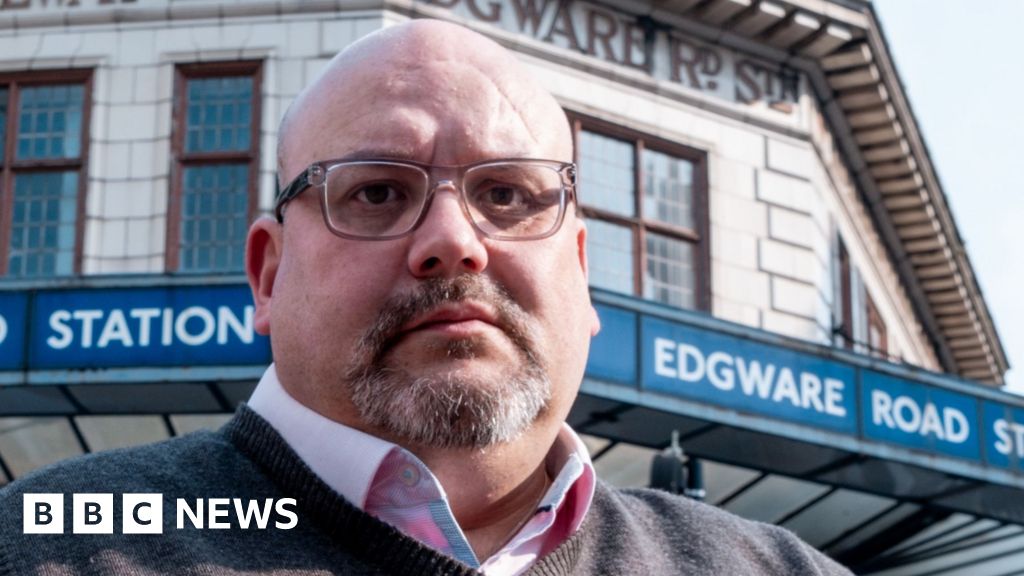
The Arkansas Times Climate Watch is the first free newsletter in Arkansas dedicated to exploring how Arkansans are adapting to climate change. Subscribe to get it in your inbox twice a month.
With their One Big Beautiful Bill, national Republicans passed a stunning reversal on the Biden Administration’s effort to marshall the resources of the federal government behind tackling the climate crisis. But even as Arkansas and the United States seem insistent on rolling back the clock on renewable energy development, some progress can’t be rolled back.
Right after I joined the Arkansas Times last July, some exciting news broke. Central Arkansas planning organization Metroplan, in collaboration with the state and many other stakeholders, received a record-breaking $100 million grant aimed at economic development while also reducing Arkansas’ greenhouse gas emissions. And it was exciting to go to their announcement event in sweltering July, and see the plan to make green investments across Arkansas come to fruition.
The climate pollution reduction grant will pay for major infrastructure investments in Central Arkansas, the Fort Smith metro and Northwest Arkansas over the next few years, all under the stewardship of Metroplan.
Despite uncertainty earlier this year around whether Trump would try to illegally freeze the funding appropriated by Congress and distributed by the Environmental Protection Agency, Metroplan has been rolling out the grant awarded to our state. Now their plan for the investments in Central Arkansas, called the Energy and Environment Innovation Plan, has been released to the public. Metroplan is taking public comments until July 29.
Along with explaining which projects will be funded, and laying out goals for greenhouse gas reductions, the plan also includes one of the first public greenhouse gas inventories for Central Arkansas. A greenhouse gas inventory estimates the amount of greenhouse gases, like carbon dioxide, methane, and nitrous oxide, an area produces, and identifies the sources of the greenhouse gas emissions.
While Metroplan leaders weren’t available to speak with me about the plan, I was able to talk with April Ambrose and Stephanie Slagle at the Arkansas Advanced Energy Foundation about their organization’s role in implementing one of the projects receiving Metroplan funding.
Ambrose, who has a long track record of environmental work in Arkansas, is leading a new project called Skillstream to create a talent and career pipeline for people interested in working in renewables and energy efficiency. Skillstream has over $2 million in funding from the climate pollution reduction grant to fund workforce programming and training over the next five years.
Her project, one of many funded by Metroplan’s grant, aims to connect young people and underserved people with employers, training, resources and support to help them become the workforce of the green energy transition. Part of the opportunity, said Ambrose, is that advanced energy jobs are growing at double the national average, with almost half not requiring college degrees.
“For a lot of these industries, like commercial energy auditors or solar installers, there aren’t existing training pathways where somebody is exposed to the career, knows how to go about getting that job, and knows about the career progression,” Ambrose said. “It’s very sporadic and employers feel like they have to train internally or home-grow their candidates. … So they need a program to help facilitate creating pathways for candidates, and to develop training programs in the state.”
Skillsteam will host two employer forums in July, one at Shorter College in North Little Rock on July 16, and the second one at The Blue Lion in Fort Smith on July 22. But the program is also making many other efforts to connect energy employers with potential employees, including through building a job board of energy jobs.
Ambrose said that even while Washington, D.C., turns against opportunities for low-income and disadvantaged communities, she remains passionate about getting involved. Whatever happens in D.C., Ambrose is sure the renewable sector will continue to grow, and she wants Arkansans to have opportunities to work in these fields and benefit from the growth.
“For whatever reason, climate change is politicized, and it makes it increasingly difficult for some of these pathways to be created,” Ambrose said. “But if we want these industries to grow, we have to address the workforce issues.”
The Plan
Metroplan estimates suggest their plan for their $49 million share of the grant could reduce greenhouse gas emissions in Central Arkansas by 63% over the next 25 years. Their greenhouse gas inventory revealed that Central Arkansas emits 9.1 million metric tons of greenhouse gases a year, with transportation and commercial buildings driving the emissions. Another 3 million emissions are offset or sequestered by forests and other land use every year.
The Central Arkansas plan identifies five ways to reduce planet-warming greenhouse gas emissions, while also driving economic development:
- Building out “Green Corridors,” which are sprawling trails with plenty of greenery that act as alternative roads for pedestrians and cyclists.
- Investing in local energy, by providing energy efficiency funding for buildings and installing solar panels and battery storage for renewable energy.
- Investing in increased recycling to prevent landfill expansion
- Using funds to encourage infill development of vacant and underused urban land to incentivize more walkability.
- Building out electric vehicle charging stations that are publicly accessible.
Much of the infrastructure improvements Metroplan seeks to bankroll aim to make less carbon- intensive forms of transportation more accessible.
The Arkansas Advanced Energy Foundation will also be helping Metroplan implement energy efficiency upgrades through their “C-PACE” program to finance low- interest loans for energy efficiency upgrades to buildings in Central Arkansas.
Without Metroplan’s investments over the coming decade, their forecast suggested greenhouse gas emissions would drop by 22% by 2050. But with the investments, Metroplan predicts they can more than double emissions reductions in Central Arkansas.
Metroplan hopes to fund over 222 miles of regional trails, connecting all of Central Arkansas with pedestrian-friendly transportation infrastructure. Greenways provide residents an option for active, emissions-free travel and can sequester carbon from the atmosphere with green scenery like trees. But most of the greenhouse gas savings in the plan are expected to come from renewable energy and energy efficiency investments, which could cut 36 million metric tons of greenhouse gas emissions through 2050.
Other goals in the plan include building 975 megawatts of solar energy, developing 16,000 acres of vacant urban property and building 11,000 publicly accessible electric vehicle charging stations by 2050.
Metroplan is hosting two virtual townhalls to hear community members’ thoughts on the plan on July 10 and July 17. You can sign up at this link.
On My Radar:
What else could be on my radar but the One Big Beautiful Bill? I will be working to track the changes on both environmental policy and nutrition policy in the coming weeks. But, if you want to read more, The New York Times has an excellent new tool where you can find out how the bill will impact you. If you want an electric vehicle, now is the time to go for it before the tax credit expires in September, according to their analysis.

The Arkansas Times Climate Watch is the first free newsletter in Arkansas dedicated to exploring how Arkansans are adapting to climate change. Subscribe to get it in your inbox twice a month.









 English (US) ·
English (US) ·